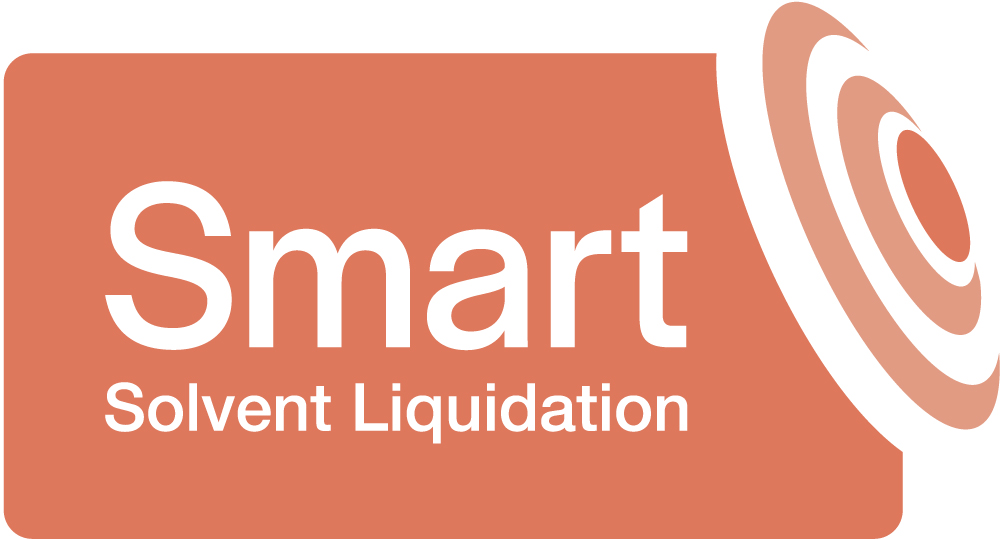There is a lot to think about but the good news is, that once you appoint us, it should be a relatively simple process for you and the other stakeholders but behind the scenes, there are a lot of legal and procedural steps to cover that we will be handling for you. Whatever your reasons for considering an MVL you will want to go forward to the next chapter in your life with the minimum of fuss. Whether you are planning for a new job role, retiring with the family or closing the business to move on to your next venture, you will already have enough on your plate. You certainly don’t want to be bogged down in jargon and legal speak during the liquidation. We agree with you, so we will explain in plain language what is happening and keep you informed of the progress at all key points.

This is where it can all feel rather complex, but the truth is that by the time you go through the official liquidation steps below, we will have done most the work on your behalf and you will know exactly where you stand.
The first thing to do is call us and arrange a meeting to discuss what you want to do, assess the situation and then talk through your circumstances and options. Once we ascertain how we can help, you officially appoint us, and we will take over the hard work so you can get on with your life.
There are three formal stages that you will certainly need to be a part of.
1. Director’s meeting to agree the MVL
In this meeting you will agree to liquidate the business. This means that the directors agree to call a meeting of shareholders, instruct us to act on behalf of the Company and prepare all the necessary information.
2. Declaration of solvency
This is a very important step because it is the point at which you are officially saying your business has enough assets and cash on hand to cover all its debts. By the time you reach this stage, you will have already prepared the final accounts and so have a clear understanding of the final position. The Directors are required to declare that the Company is solvent and can pay its debts in full, with interest, within 12 months. This is a formal declaration and is sworn in front of a solicitor.
3. Shareholder’s meeting to agree liquidation
In this meeting, the shareholders pass resolutions to appoint the solicitor and agree on fees, and other similar details of the closure. It may seem odd, particularly in cases where the directors and shareholders are the same people, that this meeting needs to take place. However, under the law it must happen to ratify the liquidation can take place and that everything is in order.
There are some other things to deal with, HMRC, advertising the liquidator’s appointment and liaising with your accountants. It would be wrong to suggest that you will not be needed in the interim, but our focus is to get the best result with the minimum amount of disruption to you. There will be questions we need to ask, the information we need to gather and regular update milestones to report back with. There is more information in our FAQ section and we will work to keep you informed of your progress towards your desired end result.

Find out more about our insolvency, liquidation or recovery service. Learn how we can support you with clear, straightforward and empathetic guidance and support.
Call us on 0116 2967507 (Leicester), 01926 969000 (Warwick), 02476 0179639 (Coventry) or 01604 263179 (Northampton), or email us on info@smartbusinessrecovery.co.uk